Vegan Globetrotter is supported by our audience. When you purchase through one of our links, we may earn a small affiliate commission. As an Amazon Associate I earn from qualifying purchases. Your cost is not affected.
==================
Induction cooktops emerged as a modern kitchen innovation, known for their energy efficiency and safety features compared to traditional gas stoves.
These cooktops utilize electromagnetic fields to directly heat pots and pans, reducing the risk of burns and fires since the hot cooking surface itself stays relatively cool.
With these advancements, however, comes the importance of understanding and adhering to safety regulations and standards designed to protect consumers. These standards ensure that users install induction cooktops correctly and that the cooktops function within set safety parameters.
Safety Regulations and Standards for Induction Cooktops: Ensuring Consumer Protection and Product Reliability
To maintain a high level of safety, induction cooktops must meet stringent installation requirements and operation guidelines. These specifications are established by national and local codes that have evolved to encourage the adoption of electric cooking methods for environmental and safety reasons.
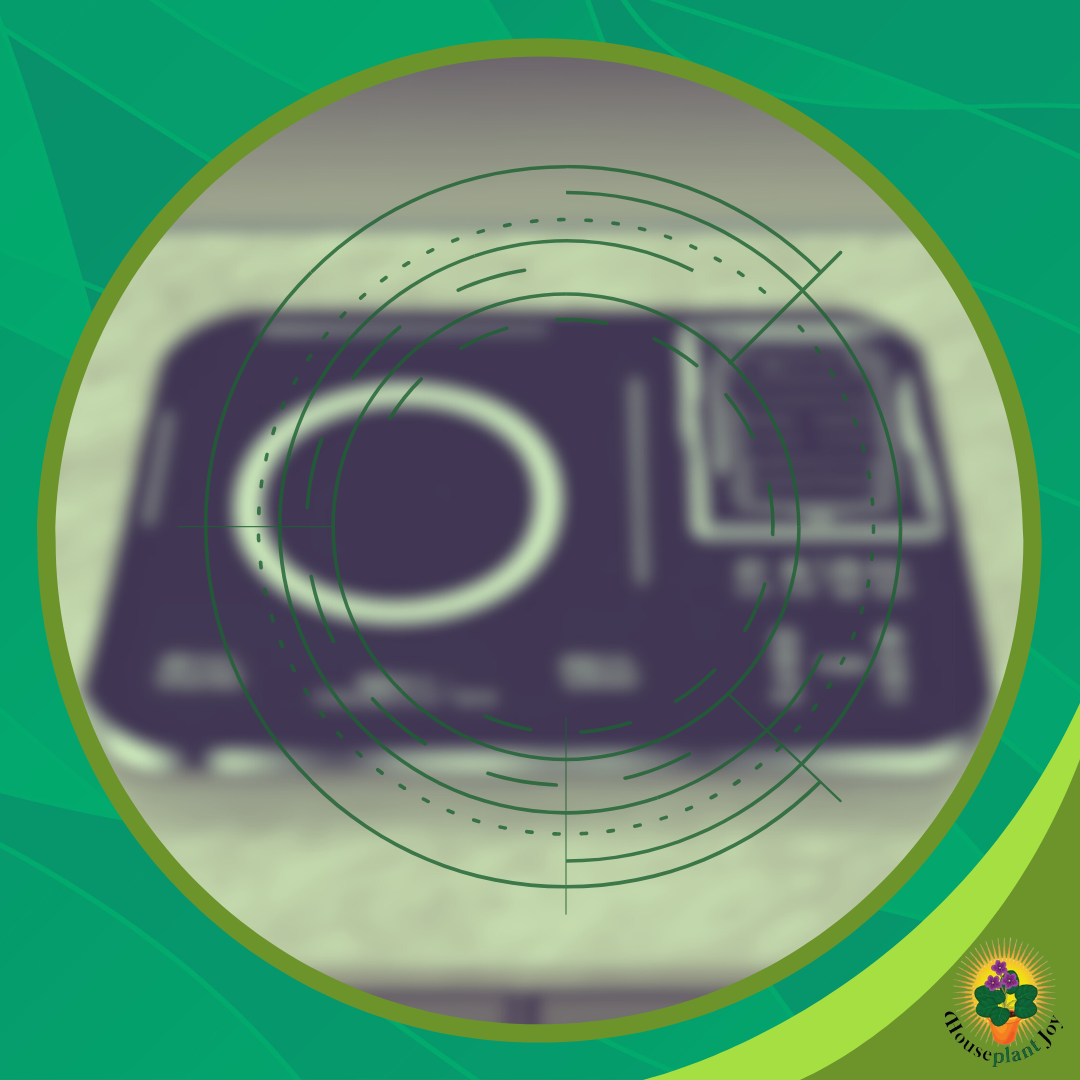
Manufacturers are also expected to provide clear consumer safety information to help users operate their appliances safely.
Maintenance and servicing protocols further contribute to the ongoing reliability of induction technology, while certification processes and compliance monitoring ensure that manufacturers adhere to the highest standards of quality and safety.
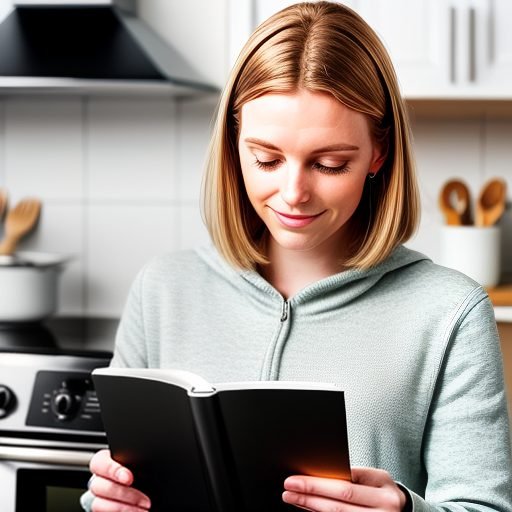
Key Takeaways
- Induction cooktop technology enhances kitchen safety and efficiency.
- Safety regulations establish clear guidelines for installation and use.
- Compliance with standards ensures reliability and consumer protection.
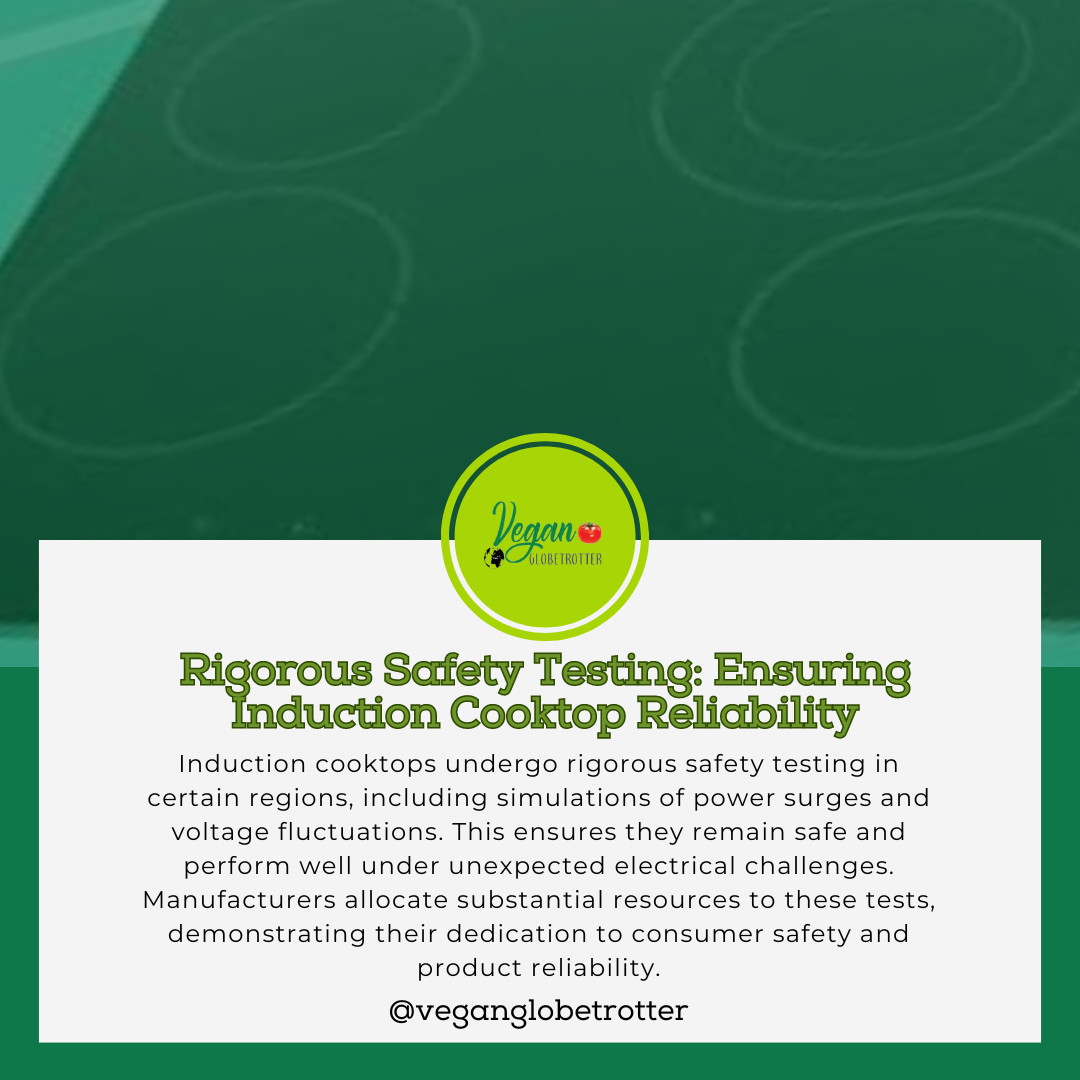
Overview of Induction Cooktops
Induction cooktops have revolutionized kitchen technology by offering efficient and precise cooking capabilities.
They are known for their energy efficiency, convenience, and safety features compared to traditional cooking methods.
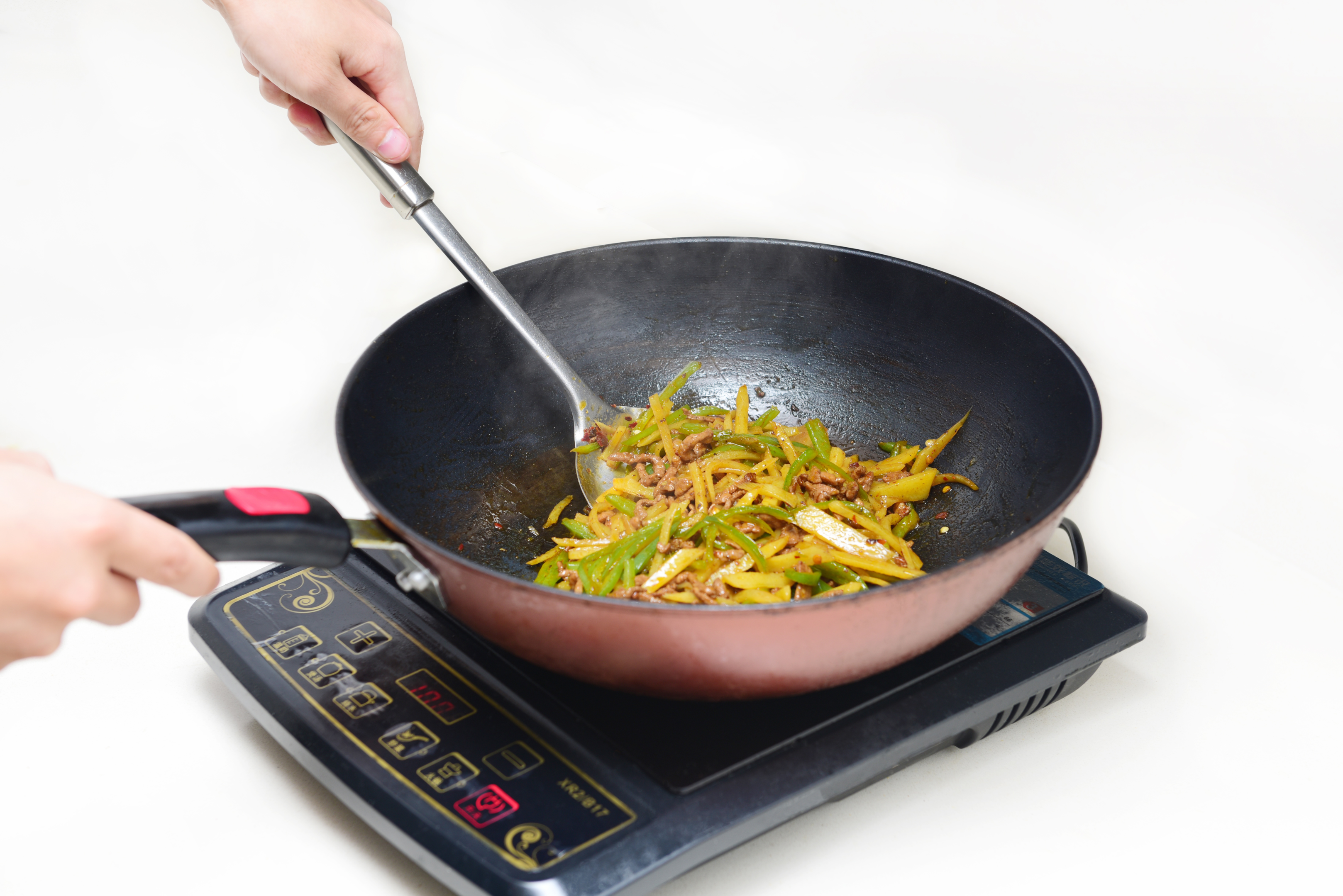
Operating Principles
Induction cooktops employ a magnetic field to directly heat pots and pans without heating the cooktop’s surface.
Electric currents generate a magnetic field through a copper coil located below the ceramic surface.
This field induces an electric current in the cookware, which must be ferromagnetic, resulting in heat due to the cookware’s electrical resistance. The heat generated is directly transferred to the food, providing rapid and temperature-controlled cooking.
Components and Design
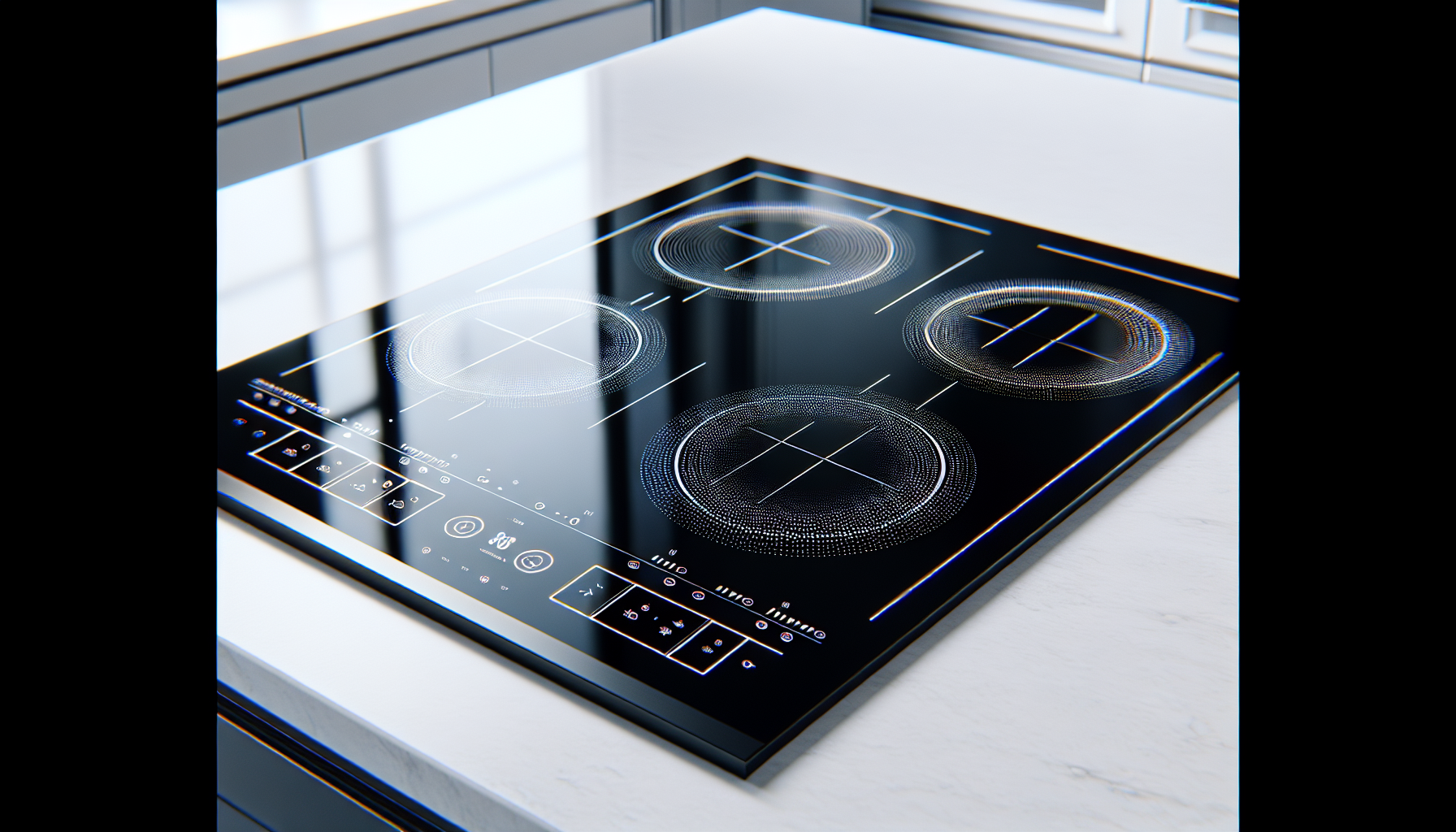
Induction cooktops comprise several key components including the following:
- Glass-ceramic surface: A durable and easy-to-clean top that houses the induction elements.
- Electromagnetic coils: Positioned beneath the cooktop surface, these are responsible for generating the magnetic field.
- Induction interface: Contains the electronics that control power levels and cooking temperatures.
Their sleek design typically features intuitive touch controls and digital displays, enhancing the modern appearance and user interaction.
Additionally, for safety and efficiency, many models come with automatic pan recognition, which ensures the cooktop only operates when appropriate cookware is placed on it.

Safety Regulations Overview
Safety regulations for induction cooktops are stringent, focusing on consumer health and environmental impact. These rules ensure the appliances are safe to use and energy efficient.
International Standards
Induction cooktop manufacturers must adhere to various global safety standards.
The International Electrotechnical Commission (IEC) provides the key international safety standards for household cooking appliances, including induction cooktops.
One such standard is the IEC 60335-2-6, which outlines general requirements for the safety of electric cooking ranges, ovens, and similar appliances, ensuring a base level of safety for consumers around the world.
National and Regional Regulations
On a national level, countries implement their own regulations and building codes which may include additional measures to the international standards.
For instance, in the United States, induction cooktops need to follow the UL 1026 standard provided by UL (Underwriters Laboratories), a safety certification company.
This standard evaluates electric cooking appliances for fire and electrical hazards, among other risks.
Similarly, the European Union has the CE marking, indicating compliance with EU safety, health, and environmental requirements.
Installation Requirements of Induction Cooktops

Proper installation of induction cooktops is critical for safety and efficiency. The process involves specific electrical requirements and maintaining precise spacing and clearance according to the manufacturer’s guidelines.
Electrical Specifications

Induction cooktops require a grounded electrical supply to ensure safety against electrical shocks.
They typically need a dedicated 240-volt circuit with 40- or 50-amp breakers to manage the high energy usage.
It is important to ensure that the cooktop is properly grounded and to connect the cooktop to an appropriate power source as specified in the installation instructions.
Space and Clearance
There must be sufficient space allocated for the gas induction cooktop to prevent overheating and allow for adequate ventilation.
Minimum clearance requirements vary, but commonly, a minimum of 2 inches is required from the bottom of the pan to the cooktop to combustible materials.
Additionally, the countertop opening dimensions should match the size of the cooktop, with the cooktop fitting snugly into the base cabinet without forcing the unit into place.
Operation Guidelines
Proper usage and understanding of control settings are paramount for the safe and efficient operation of induction cooktops.

General Usage
- Users need to read the manual carefully before installation and use to be aware of all the safety information.
- For example, always ensuring the presence of a pot on the induction element before turning it on is a simple yet critical step.
- One should never place aluminum foil or metallic objects on the induction cooktop surface, as these can become a fire hazard or cause the cooktop to malfunction.
Control Features and Settings
- The control features typically include touch controls for power level adjustment, timers, and heat indicators.
- Induction cooktops offer a range of power levels, usually from 1 to 9, and often a Boost function for rapid heating.
- Safety lock features prevent unintended changes to the settings, which is especially important in households with children.
For comprehensive instructions on specific models, refer to user manuals such as the Sirv Induction Cooktop Manual or the Electrolux Installation Manual.
Consumer Safety Information

Ensuring consumer safety is a paramount concern when it comes to the design and use of induction cooktops. Manufacturers and regulatory bodies provide detailed safety information to help mitigate risks associated with their use.
Warning Labels
Induction cooktops come with warning labels that are shown clearly to alert users of potential hazards. These labels typically include:
- Electrical Safety: Advisories against using the cooktop near water to prevent electric shock.
- Magnetic Fields: Warnings for people with pacemakers or similar medical devices due to the magnetic fields generated by induction cooktops.
User Manuals and Guides
Each induction cooktop is accompanied by a user manual that provides comprehensive safety guidelines. They should be read in full before use. Key highlights include:
- Proper Installation: Instructions to ensure the cooktop is installed by a qualified electrician to maintain warranty and ensure safety.
- Cookware Guidelines: Lists of suitable cookware that must be used to prevent damage or injury.
- Cleaning and Maintenance: Directions on how to clean and maintain the cooktop to avoid fire hazards or malfunctions.
- Usage Instructions: Clear steps to operate the cooktop correctly.
Maintenance and Servicing
Proper maintenance and servicing are crucial for the longevity and safe operation of induction cooktops. They require particular attention to ensure they function efficiently and adhere to safety standards.
Regular Maintenance
Daily Care: To maintain an induction cooktop’s efficiency, users and cooks should clean the surface daily with a gentle cleaner and a soft cloth to prevent scratching.
Spills should be wiped up promptly to avoid burning onto the glass surface.
Cookware Detection: It is essential to verify that cookware is compatible with induction cooking.
Use Pots and pans that are flat-bottomed and contain ferrous material so that the induction cooktop can easily sense them.
Professional Repair and Servicing
Annual Inspection: An annual inspection by a qualified technician can help detect any electrical issues or worn components. This proactive approach can prevent unexpected breakdowns and ensure the cooktop meets safety requirements.
Authorized Service Providers: In case of malfunction, we recommend to consult with an authorized service provider. Detailed documentation outlining repair procedures helps ensure any issues are addressed following the manufacturer’s specifications.
Certification Processes
Safety and compliance are critical in the manufacturing and distribution of induction cooktops. Manufacturers must adhere to specific standards and undergo rigorous testing to receive the necessary certification.
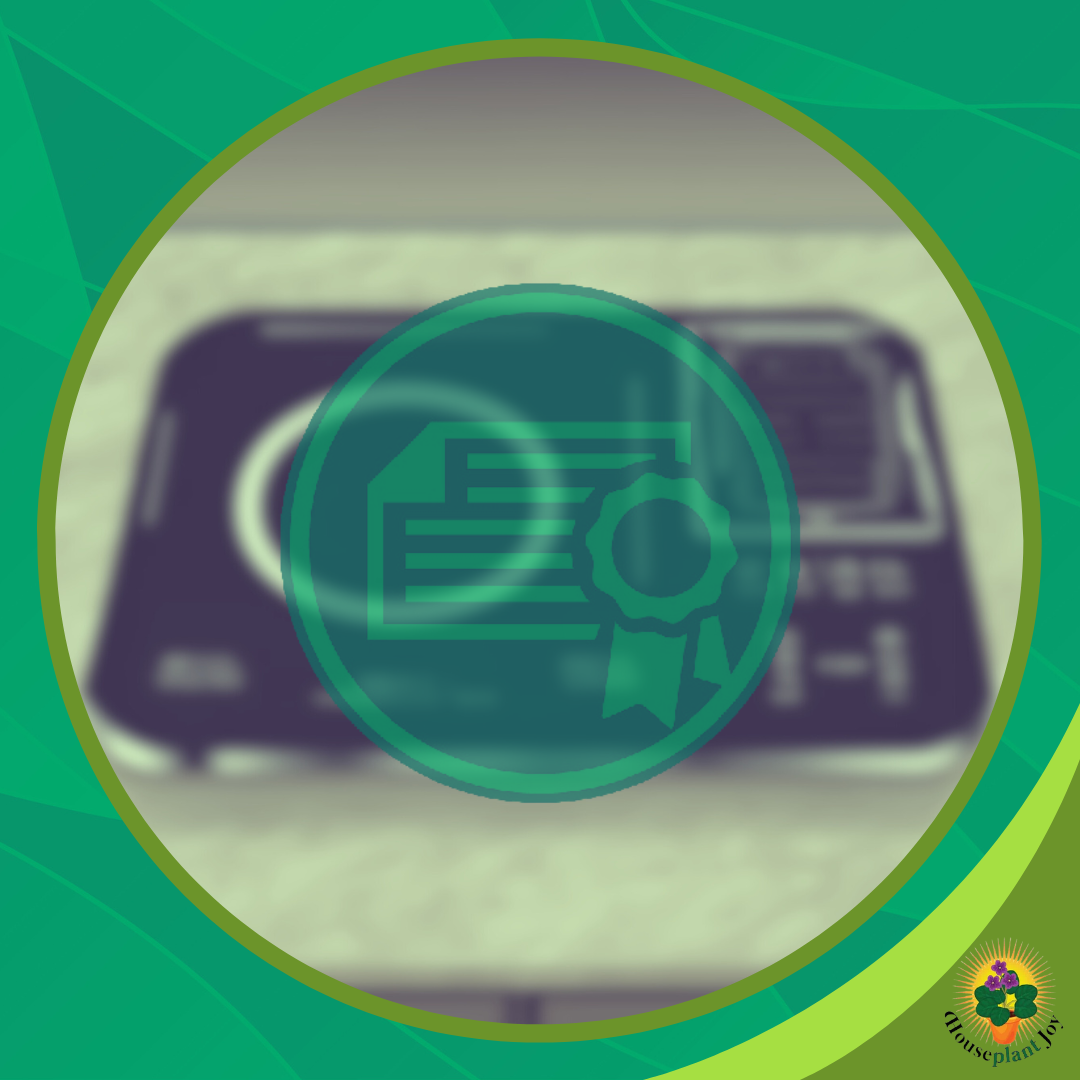
Third-Party Testing
Third-party testing organizations assess induction cooktops to ensure they meet established safety and performance standards.
They conduct various tests, from electrical safety to electromagnetic compatibility.
For example, True Induction mentions that its products undergo testing to meet quality-centric safety standards.
Approval and Certification Marks
Once an induction cooktop passes third-party testing, it receives approval marks indicating its compliance with safety standards.
These certification marks from organizations such as UL or ETL serve as a seal of quality and safety for consumers.
These marks assure consumers that the product has undergone rigorous testing and meets the standards set by certification bodies.
Compliance Monitoring
Compliance monitoring for induction cooktops is an ongoing process involving market surveillance to ensure adherence to safety standards, and the implementation of recalls in cases of non-compliance.
Market Surveillance
Market surveillance refers to the activities conducted to systematically check that induction cooktops available in the market comply with relevant safety and quality standards.
Regulators conduct inspections and assess documentation to verify that products like True Induction cooktops meet the necessary criteria. Accredited testing programs are the ones who test induction cooktops before selling it to the public.
These programs evaluate various aspects of the cooktops, such as their electromagnetic compatibility, electrical safety, and thermal safety.
Non-Compliance and Recalls
If authorities find an induction cooktop is non-compliant with safety standards, they will swiftly take action to mitigate potential risks to consumers.
Manufacturers may need to issue a recall to remove the affected products from the market. For instance, compliance with the UL 858 standard can lead to recalls if cooktops fail to meet the safety requirements for household electric ranges.
Recalls are either voluntary, initiated by the manufacturer, or mandatory, enforced by governmental authorities to ensure public safety.
Induction Cooktops: Your Recipe for Safe and Stylish Cooking!

As we wrap up our journey through the world of induction cooktops, one thing is clear: safety is the secret ingredient to a successful kitchen. From the time you install your sleek cooktop to the countless meals you prepare, ensuring a safe cooking environment is paramount.
But safety isn’t just about following rules – it’s about understanding the technology that powers your cooking adventures. By delving into the nuances of induction cooking, from its magnetic marvels to its energy-efficient prowess, you’re not just a chef but a culinary connoisseur armed with knowledge.
And let’s not forget about the importance of compliance and certification. Behind the scenes, there’s a dedicated effort to ensure that every induction cooktop meets the highest safety and quality standards. So when you see those approval marks, you can cook with confidence, knowing that your appliance has passed rigorous testing and scrutiny.
Frequently Asked Questions on Induction Cooktop
The following subsections address common inquiries regarding the safe use and standards of induction cooktops. They provide clarity on the safety measures, features, certifications, construction standards, installation guidelines, and potential hazards associated with induction cooking.
What Safety Measures Should We Follow When Using Induction Cooktops?
One must ensure that we use induction-compatible steel cookware, as standard pots and pans may not work. The cookware should have a flat, magnetic base for proper heating.
Additionally, keeping flammable materials away from the cooktop is crucial for prevention of fires.
How Do Induction Cooktops Safety Features Enhance User Protection?
Induction cooktops have certain safety features, such as automatic burner shut-off when there is no cookware and child lock systems, to prevent it from turning on automatically.
Induction cooktops also remain cool to the touch, significantly reducing burn injuries.
What Certifications Should We Look for When Purchasing Induction Cooktops to Ensure Compliance With Safety Standards?
Consumers should look for certifications such as UL in the United States or CE in Europe. These mark compliance with specific safety regulations that govern electrical appliances and ensure the product meets rigorous testing standards.
What Specific Construction Standards Must Induction Cookware Meet for Safe Use on an Induction Hob?
When constructing Induction cookware it should use magnetic materials like cast iron or some magnetic stainless steel or steels. Additionally, it should have a sturdy, flat bottom to ensure efficient heating and stability on the cooktop.
Poorly constructed cookware can lead to uneven heating and potential safety risks.
What Installation Guidelines Should We Adhere to for the Safe Operation of Induction Stoves?
Installation of induction stoves should comply with the manufacturer’s guidelines and local electrical codes to ensure safety.
It typically requires a dedicated electrical circuit and proper ventilation to manage the residual heat from the cookware.
In What Ways Can the Wrong Use of Induction Cooking Surfaces Lead to Safety Hazards?
Incorrect use of induction cooktops, such as using non-induction compatible cookware, can pose an electric shock or fire risk. Placing metallic objects on the cooking surface or spilling liquids into the cooking zones are also safety hazards. It is essential to follow the manufacturer’s instructions for proper use.
Related Articles
If you want to learn more about induction cooking in general, then here are some articles that I can recommend.

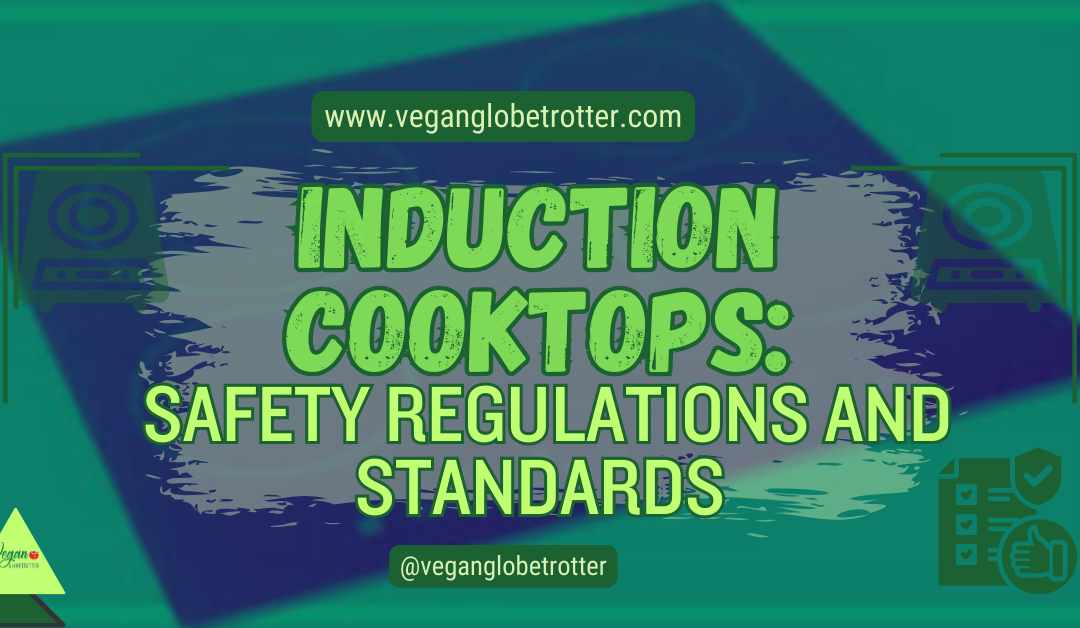

Don't miss out
when new recipes and information are added!
Join our newsletter for free recipes,
healthy living inspiration, and special offers
You have Successfully Subscribed!